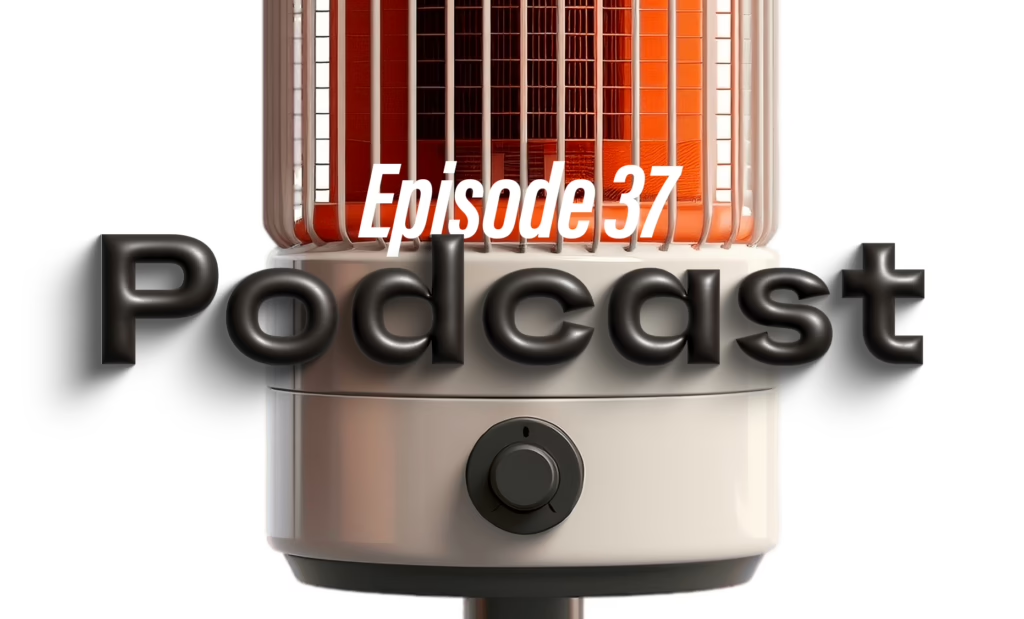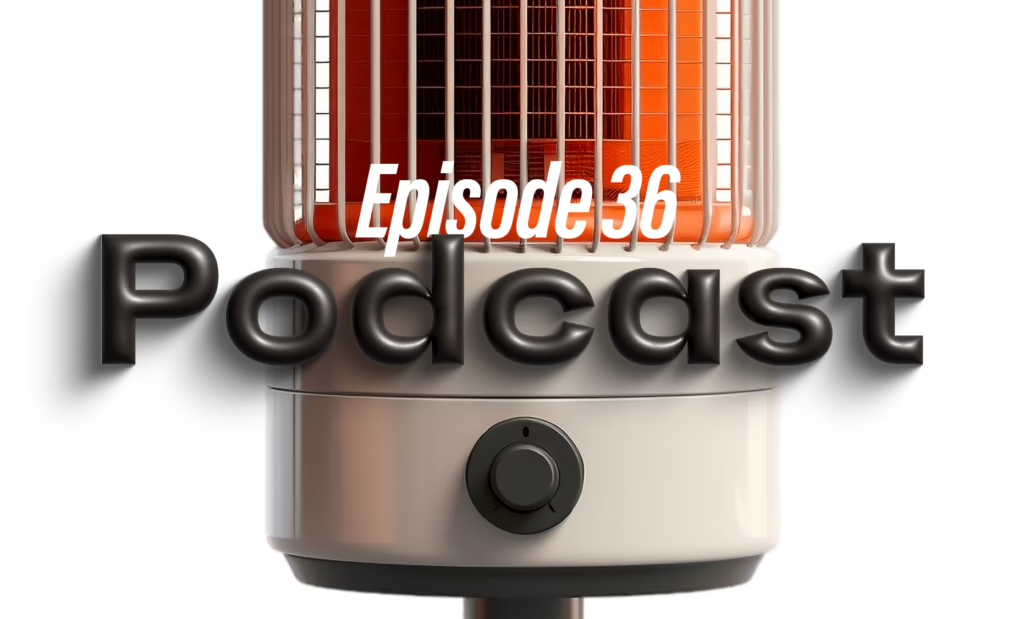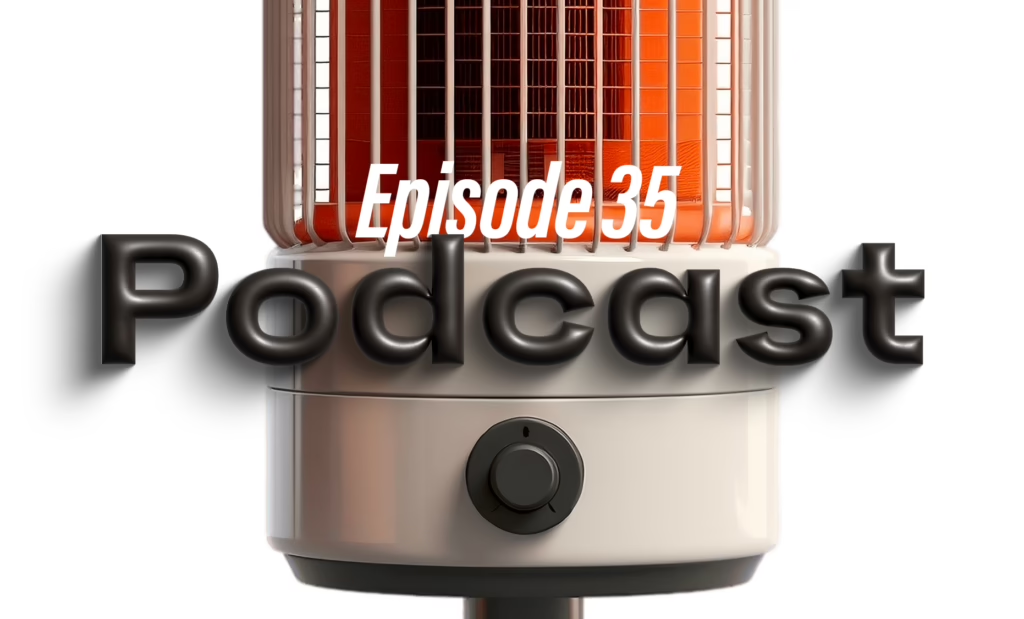By Laurier Mandin

I’m never surprised when prospective clients ask me to propose a product launch budget based on vague goals and little other input. It happens more often than not.
While many of those entrepreneurs and even some CMOs legitimately haven’t yet identified a budget, most see it as a poker game. They fear that if they divulge how much money they’ve got, the agency may have been able to succeed with less and will waste or pocket the remainder. By not tipping their hand, they hope to pay less for similar results.
But engaging a marketing agency isn’t poker. It’s more similar to to planning a trip.
What does a booking agent need to know in order to help you? If not your destination (normally the very first question), then at least what you hope to achieve: time on the beach, business expansion, adventure or missionary work?
When we do an Innovative Product Go-to-Market Roadmap, defining and allocating the marketing spend is central to the strategic engagement. It will determine what can be achieved, how fast we can move, as well as the platforms, resources and tactics to be used.
Your goals chart the course, and budget is the fuel.
In any of these cases, your wallet and ambitions will decide how far, how long, and the quality of amenities you can expect. Cut-rate planning can mean dingy digs and food poisoning rather than a dream honeymoon.
The longer the trip, the more vastly the overall spend will range—and the greater impact early course corrections will make. A milk run to the Circle K can be fairly spontaneous, but for a Mars mission, every detail must be micro-planned years in advance. Either way, success still rides on knowing where you’re going—and what for.
These are things ultimately determined by the agency’s expertise and way of tackling the challenge, based on the input you provide. Your goals chart the course, and budget is the fuel.
But you’ve got to have goals. Trouble is, even experienced entrepreneurs and CMOs often have no idea what it will take to achieve a successful product launch—or even what success looks like. It’s not something you can google, and there are no reliable rules of thumb because every product is different, and timing alone creates infinite variables.
Launching almost any product today compared to early 2020 would yield a totally different trajectory if you used the same strategy. While that was a particularly monumental shift, the landscape will never stop changing.
Here’s an insider caveat that makes things even more complicated: marketing agencies are in an awkward position when it comes to advising on budget.
Running ad campaigns is low-margin, high maintenance work. When done right, there is a ton of experimentation, testing and refinement. But agencies are usually compensated with a percentage of ad spend, not for how much work goes in or how well the campaigns perform. Bigger budgets tend to increase the product’s likelihood of success, and help the agency’s bottom line.
So conventional marketing agencies seldom gain by recommending modest launch budgets. The only incentive is that a low-ball recommendation (even irresponsibly low) may win the account. Still think you want prospective agencies to tell you how much to budget?
That’s why savvy clients focus on Return on Ad Spend (ROAS). This is a simple calculation of sales revenue divided by the amount invested in marketing. Anything over 1.0 means the advertising is delivering return on investment. Anything less means it is failing.
While ROAS alone is not a measure of profitability, the two are easily connected if you know your margins. Calculating these things are fairly simple, but achieving strong ROAS and a successful launch is the tricky part.
To do it, you need a budget designed around real-world numbers and SMART goals. (Specific, Measurable, Achievable and Time-Bound) That budget should be embedded in a Go-to-Market Roadmap that brings your goals together with honest branding, unique positioning, accountability—and an action plan.
You’re preparing to venture into unknown territory, where experimentation is sure to deliver surprises at every turn. What will matter most later is how well you aim the rocket on the launchpad, whether you have enough fuel to clear the atmosphere, and how nimbly you can make course corrections as new discoveries emerge. Here are the factors a diligent agency will want to know:
- How much can you spend per acquisition, and how will that scale? While the amount of budget you allocate to advertising and marketing should relate to your margins and the number of units you can sell, there can be a tremendous difference in your Cost per Conversion (CPC) and the ROAS you see from one medium, campaign type and even one ad set to another. These things should be finessed before your marketing is scaled, then continuously monitored and adjusted. Content or campaigns that excel initially may not be sustainable with scale or over time, and certain audiences will yield diminishing returns after you convert the low-hanging fruit. These things aren’t negative—they signal progress. Marketers need to be prepared for them.
- How long will the campaign run? Just as in trip-planning you must know if you are swinging by the Circle K or going to Mars, it is important to have an idea of the kind or duration of engagement you want with a marketing partner. Are you looking for expert guidance to penetrate a single new market, or is the goal to create early wins and leverage those beachheads to dominate larger lateral markets? Most clients prefer to test the waters by committing to one quarter (13 weeks is a standard initial duration) and see how things go. While with PR campaigns and some product launches, three months can occasionally be enough, most products need a long-haul vision to preserve momentum and keep growth happening. The early days are critical, because you are running flat out to jumpstart sales, support customers, plan future inventory and keep revenue flowing—all as a rookie learning your new business! Set aside enough budget to navigate the inevitable cash crunches without having to claw back on marketing during your first year.
- What alternate approaches can you plan? Sometimes detours are the best part of the journey. It can be vexing for brands and agencies alike how quickly tried-and-true methods can lose traction and even become fully obsolete. As operating systems and browsers continue to make conversion tracking harder for advertisers to do, some of the strongest AI-powered tools can be suddenly be deprived of the core data they need to work their magic. This impacts every kind of digital advertising, from Facebook and Google’s ad platforms to affiliate marketing. While it forces innovation, which is painful but positive in the long term, it can be a nightmare for brands and marketers. Techniques and tactics that created last year’s success stories may be entirely ineffective today. As with other forms of investment, it pays to have a diversified launch strategy that is not tied to a single set of tactics with shared vulnerabilities. Intelligent fallback plans can lead to hidden opportunities that turn out to be much better than Plan A.
Budgeting for a product launch is never a simple matter, so go back and imagine what happens when an agency proposes a budget without these data points, targets and expectations.
An experienced marketing pro may be able to look at (somewhat) similar prior product launches, but in doing so will be making multiple assumptions that are risky to you.
If you’re preparing for a product launch and need help getting a real handle on budget—or are ready to work on your Innovative Product Go-to-Market Roadmap™, complete our Pre-Intake Questionnaire.
We’ll tell you straight-up if it looks like we’re not a fit—or if we see substantial gaps in your plan. You’re preparing for the journey of a lifetime, and whatever the destination, setting an appropriate budget is critical to your success.





